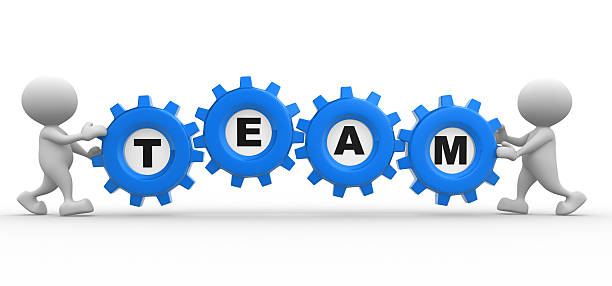Properties of Line Codes:
DC Component:
Eliminating the dc energy from the single power spectrum enables the transmitter to be ac coupled. Magnetic recording system or system using transformer coupling are less sensitive to low frequency signal components. Low frequency component may lost, if the presence of dc or near dc spectral component is significant in the code itself.
Self synchronization
Any digital communication system requires bit synchronization. Coherent detector requires carrier synchronization.
For example Manchester code has a transition at the middle of every bit interval irrespective of whether a 1 or 0 is being sent This guaranteed transmitter provide a clocking signal at the bit level.
Error detection
Some codes such as duo binary provide the means of detecting data error without introducing additional error detection bits into the data sequence.
Band width compression:
Some codes such as multilevel codes increase the efficiency of the bandwidth utilization by allowing a reduction in required bandwidth for a given data rate, thus more information transmitted per unit band width.
DIFFERENTIAL ENCODING
This technique is useful because it allow the polarity of differentially encoded waveform to be inverted without affecting the data detection. In communication system where waveform to be inverted having great advantage.
NOISE IMMUNITY
For same transmitted energy some codes produces lesser bit detection error than other in the presence of noise. For ex. The NRZ waveforms have better noise performance than the RZ type.
SPECTRAL COMPATABILITY WITH CHANNEL:
On aspect of spectrum matching is dc coupling. Also transmission bandwidth of the code musts is sufficient small compared to channel bandwidth so that ISI is not problem.
TRANSPARENCY
A line doe should be so designed that the receiver does not go out of synchronization for any line sequence of data symbol. A code is not transparent if for some sequence of symbol, the clock is lost.

